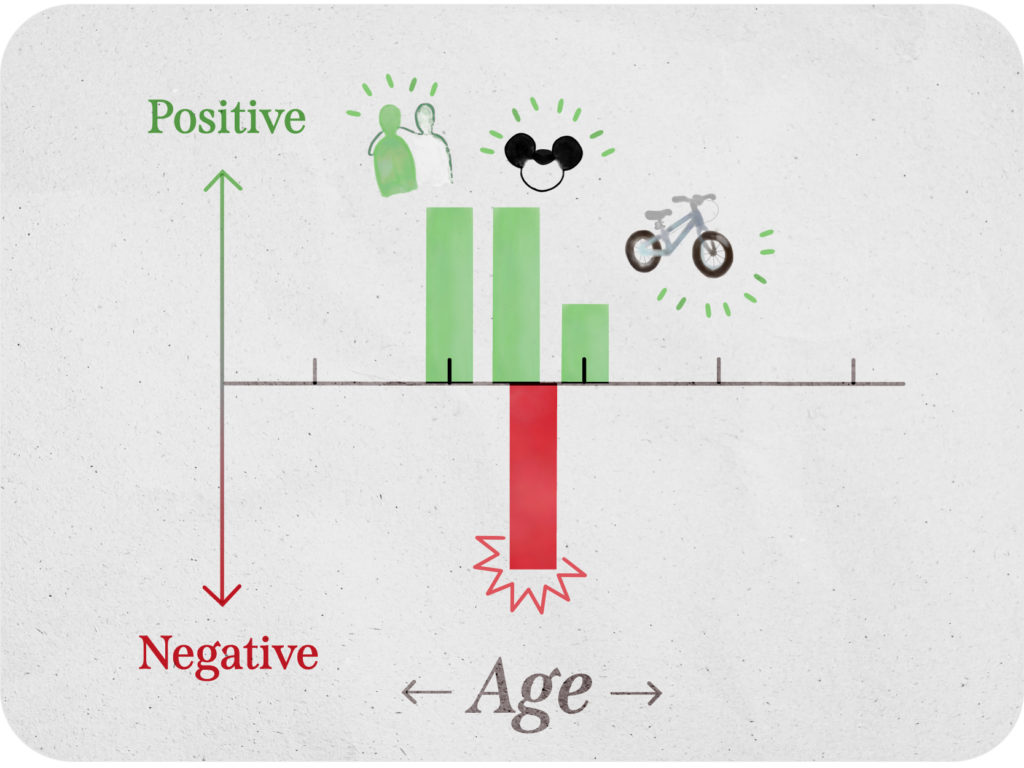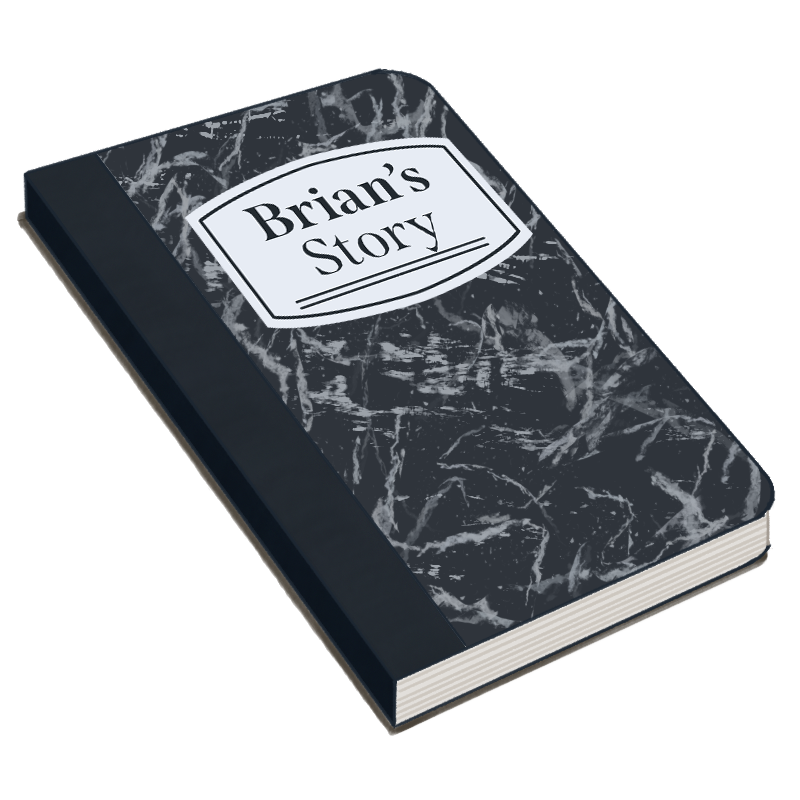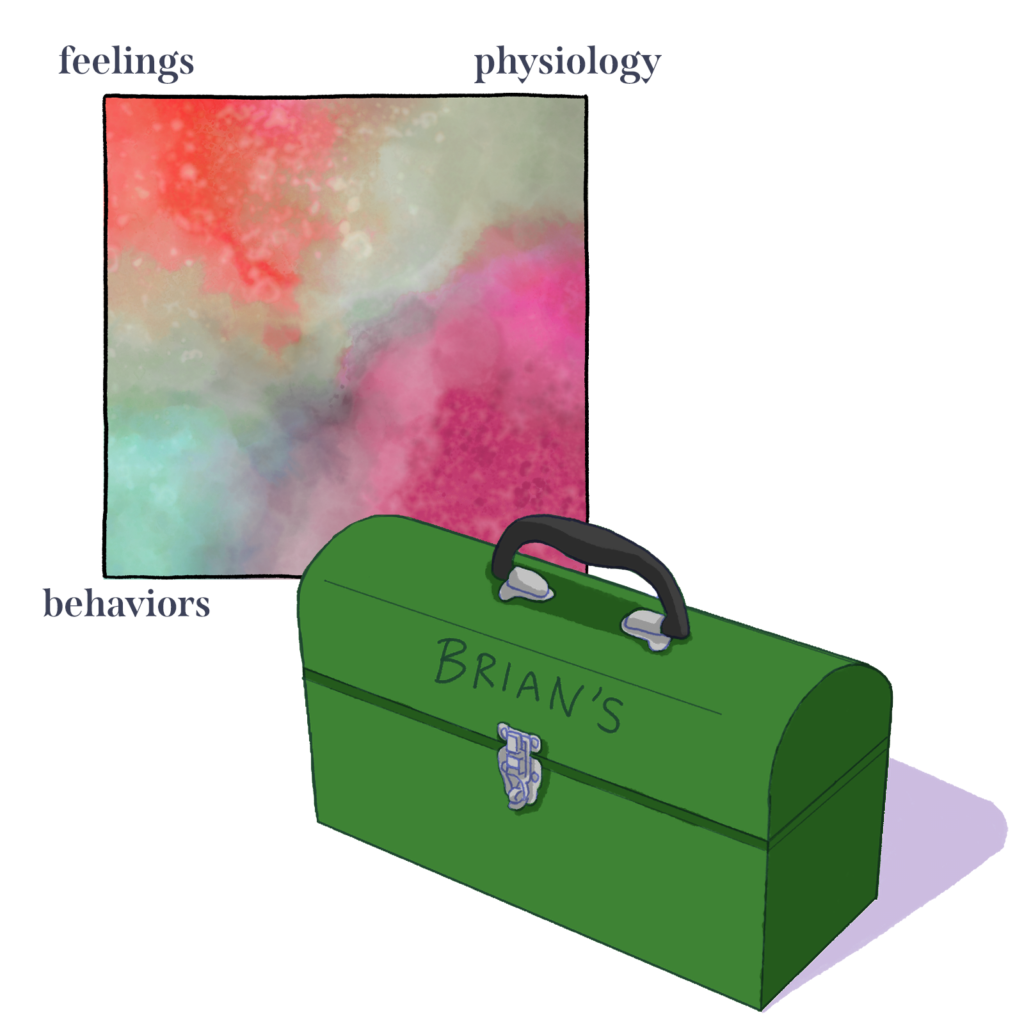





Introduction to Chronic Traumatic Stress History Copy
Cue-Centered Therapy Sessions 4 and 5 cover the Chronic Traumatic Stress History. These sessions are typically conducted with the child alone.
You will learn to differentiate between the life timeline and trauma narrative, and how to construct both with the child using the worksheets available in the CCT manual.

The purpose of the life timeline is to place traumatic events in the greater context of the child’s life. Creating the life timeline also gives an opportunity to highlight resilience in children, and understand stressors, large or small, single or chronic, that have accumulated over time, contributing to the allostatic load.
The therapist helps the child identify and plot significant life events on a visual tool, examining not only negative events but also positive and neutral ones, and their intensity and chronology.
The trauma narrative examines in depth selected, specific trauma(s) the child has experienced. As trauma memories get encoded in the more primitive, emotional part of the brain, the child experiences the trauma as if it’s still happening in the moment rather than being in the past. In addition, trauma memories are often fragmented and thus do not get integrated with other experiences. The purpose of the trauma narrative is to process and organize the child’s traumatic memories so that they will be transferred from the primitive part of the brain to the more sophisticated cognitive part in order to help with cohesive integration of these experiences. The trauma narrative serves as a form of exposure, allowing the child to approach the experience in a safe and regulated way.

The therapist guides the child in talking about their trauma(s) towards the goal of identifying potential traumatic cues, memory gaps, cognitive distortions, and core trauma emotions—anger, sadness, and fear.
Throughout these sessions the therapist will help the child identify links between traumatic cues and experience(s) and their responses to those cues—the CCT Square and its four corners. The coping toolbox is used as needed to help the child manage distress while discussing difficult experiences. These sessions set the stage for trauma processing, in which trauma experiences and responses become adaptively integrated as the child deepens their insight about the specific impact of chronic traumatic stress exposure in their life.

